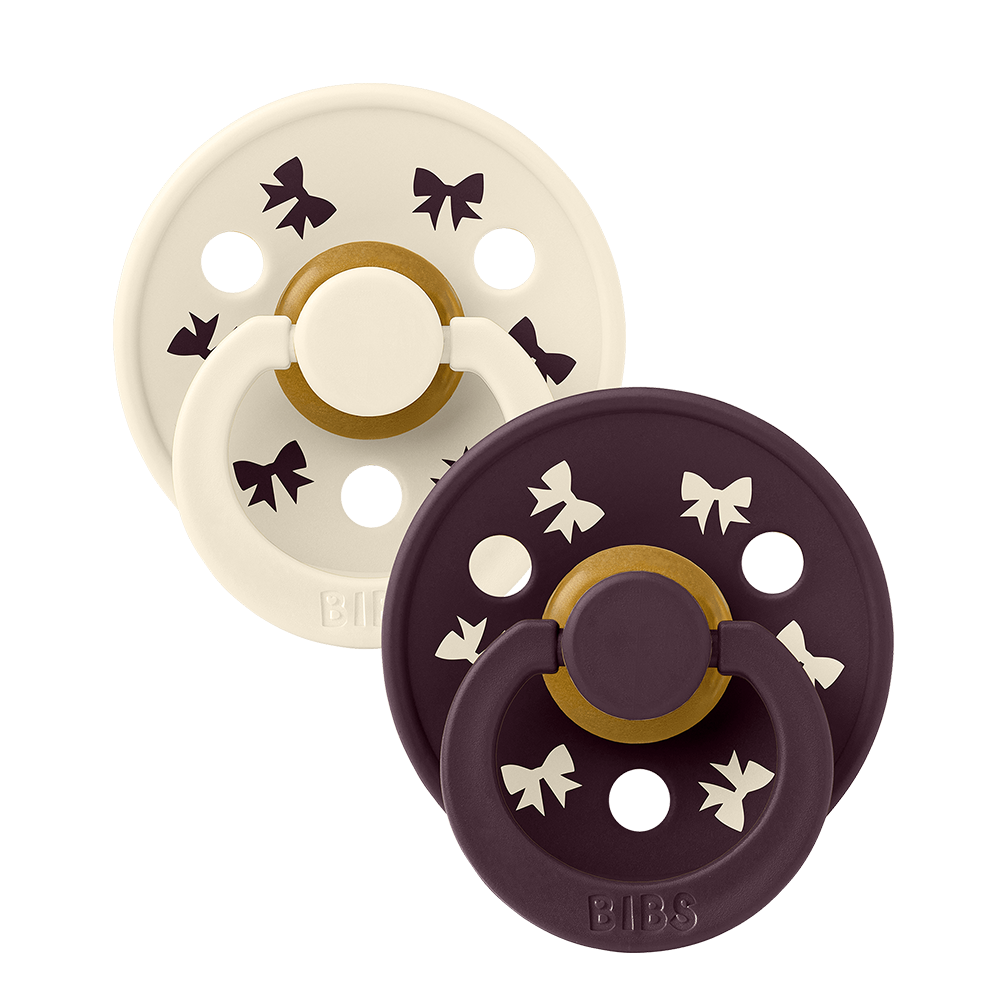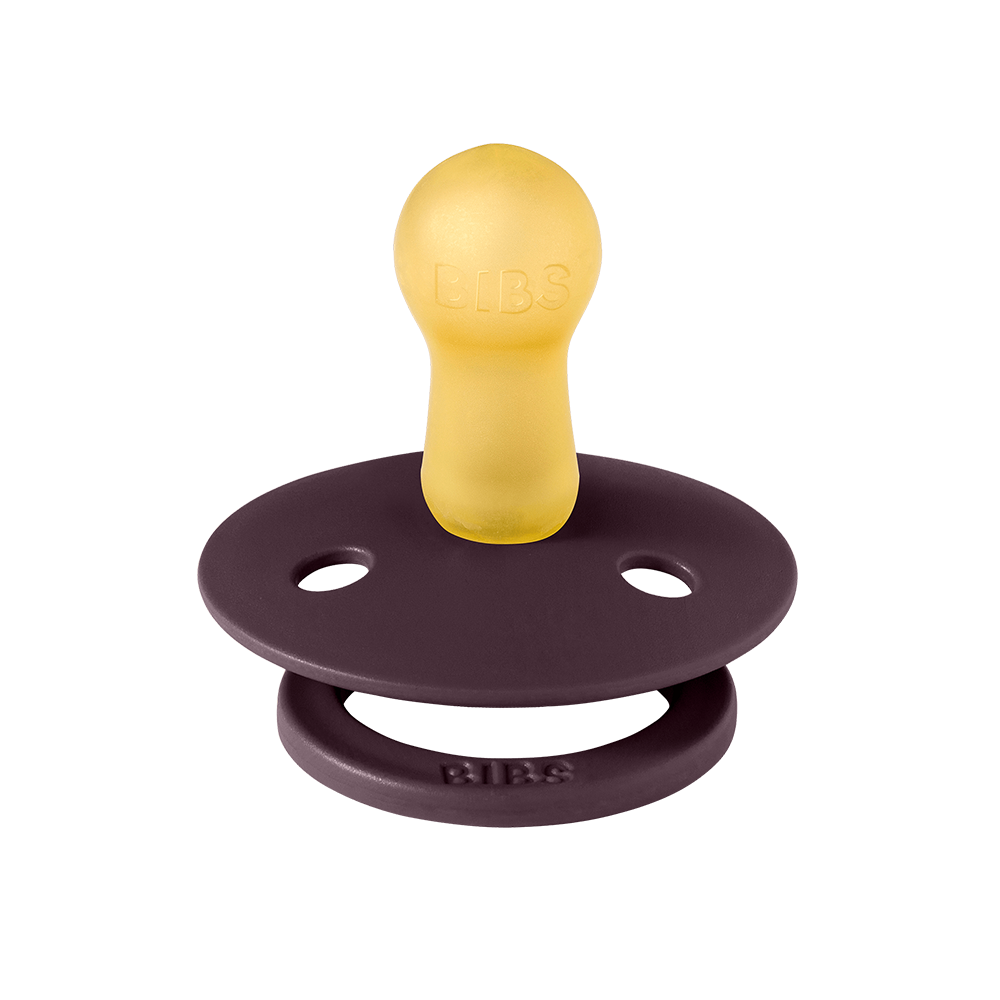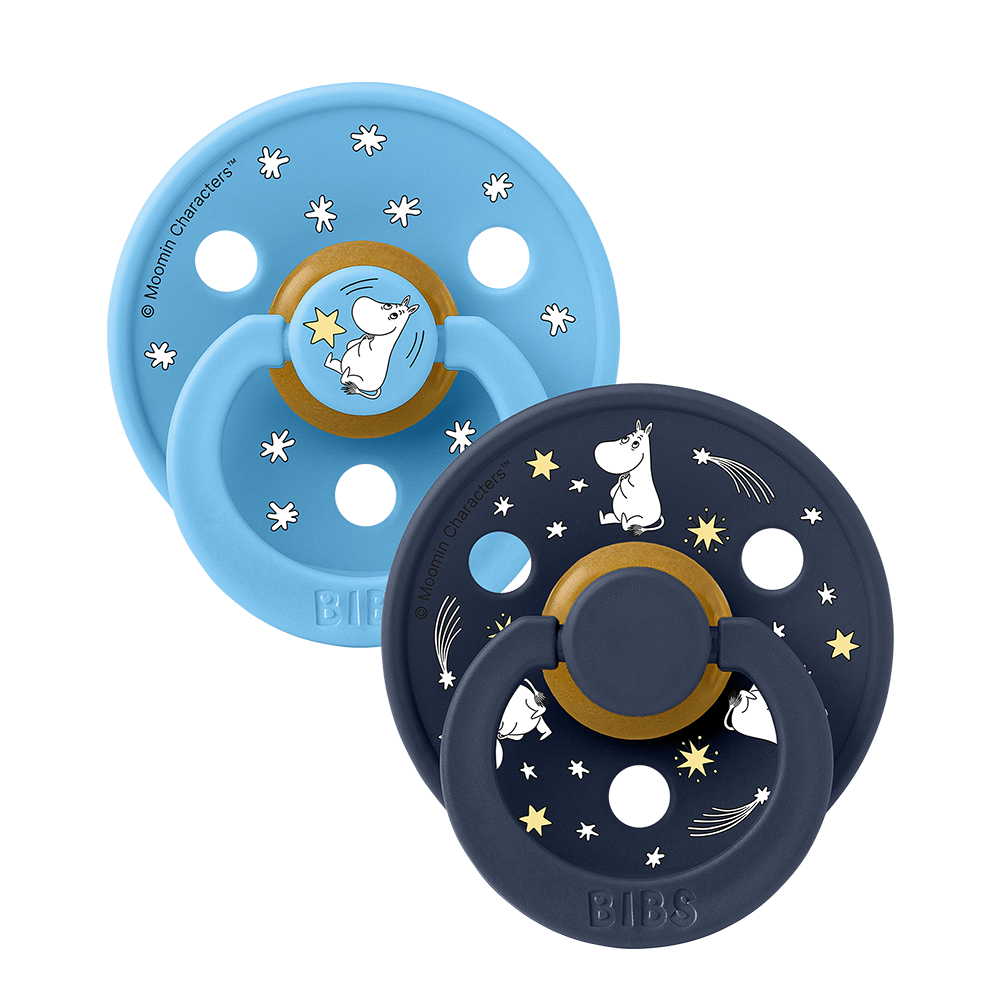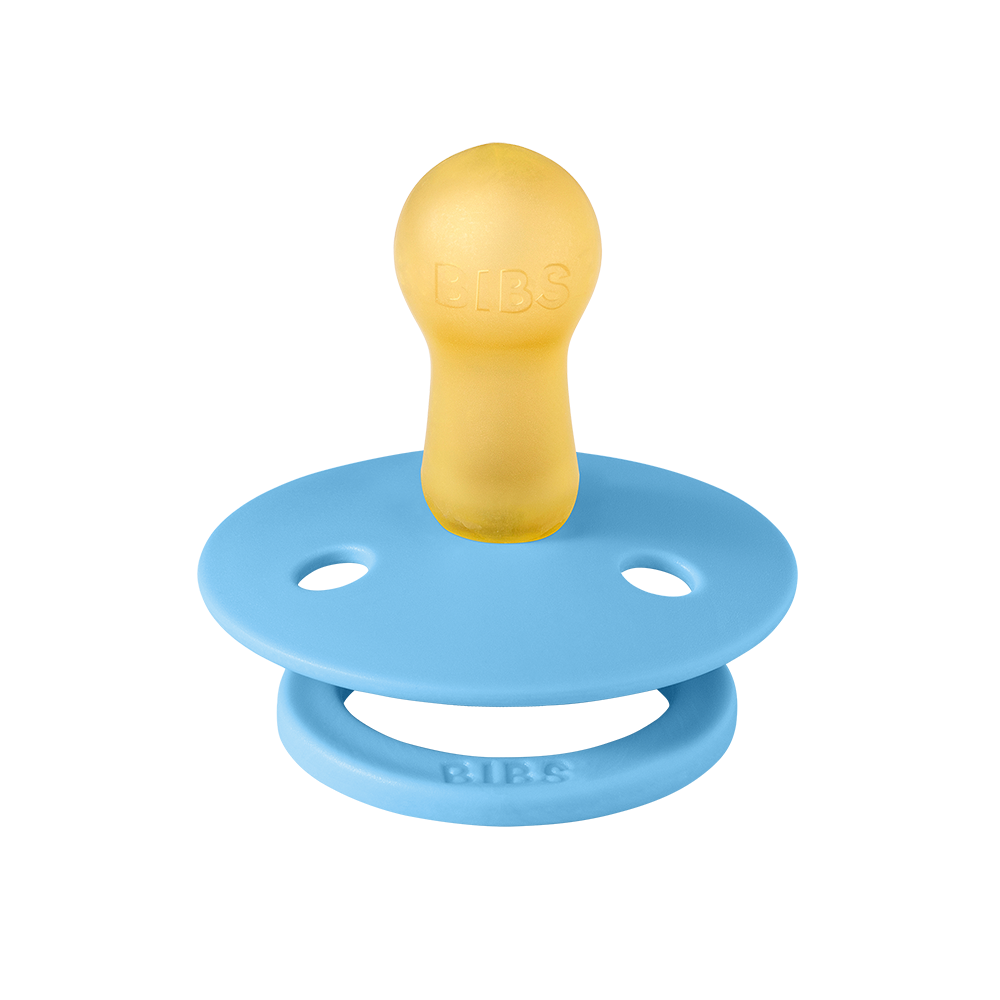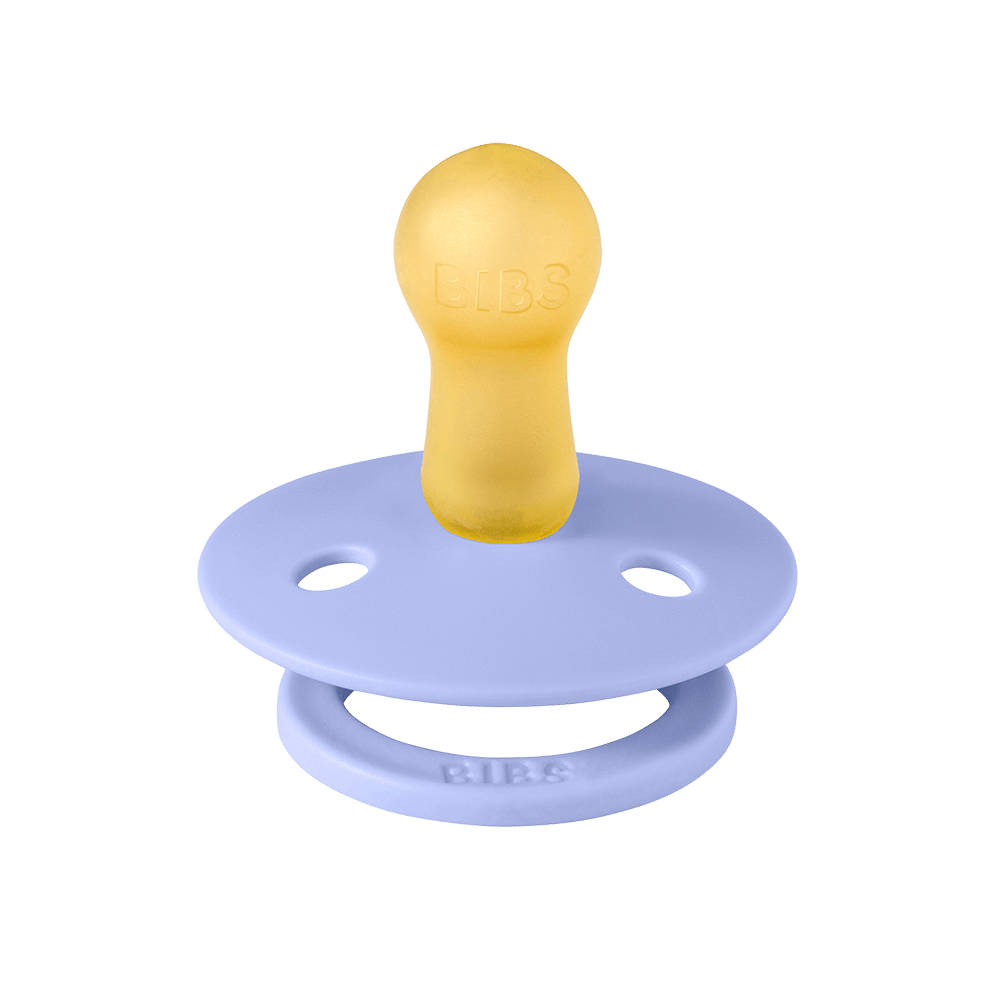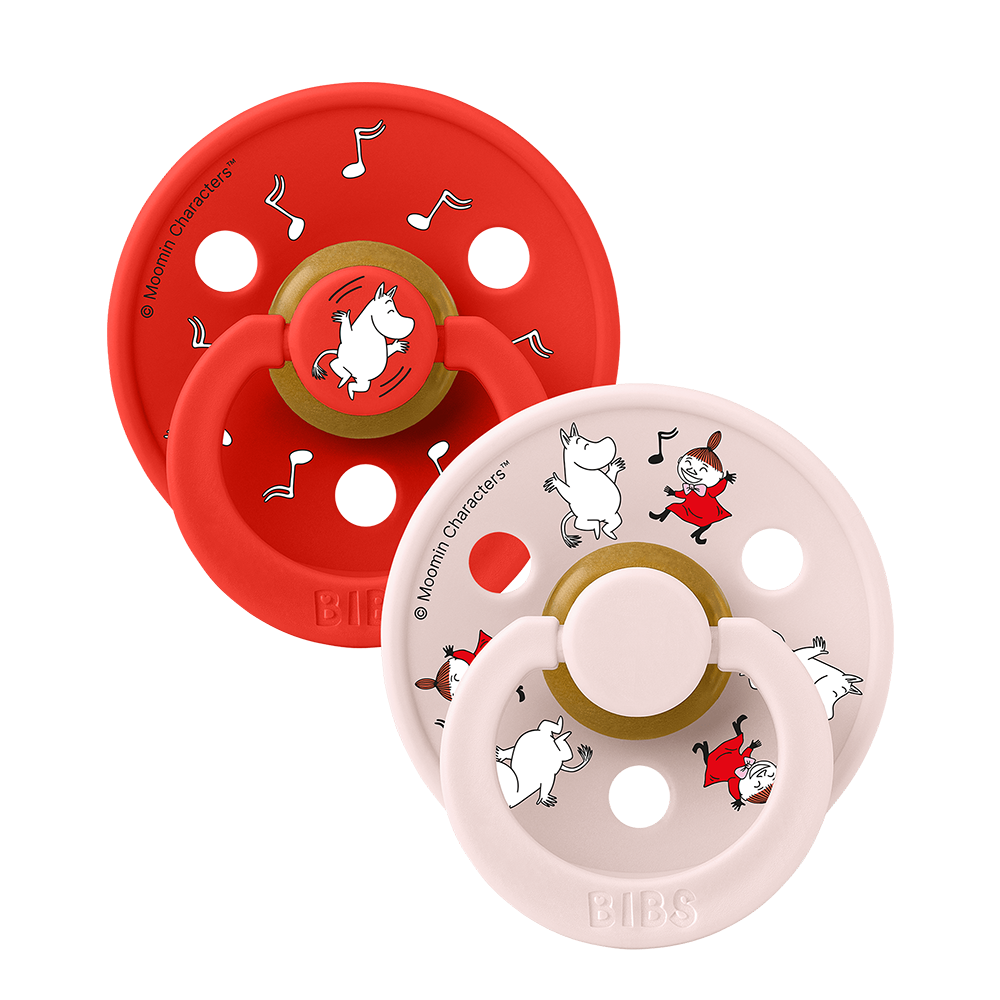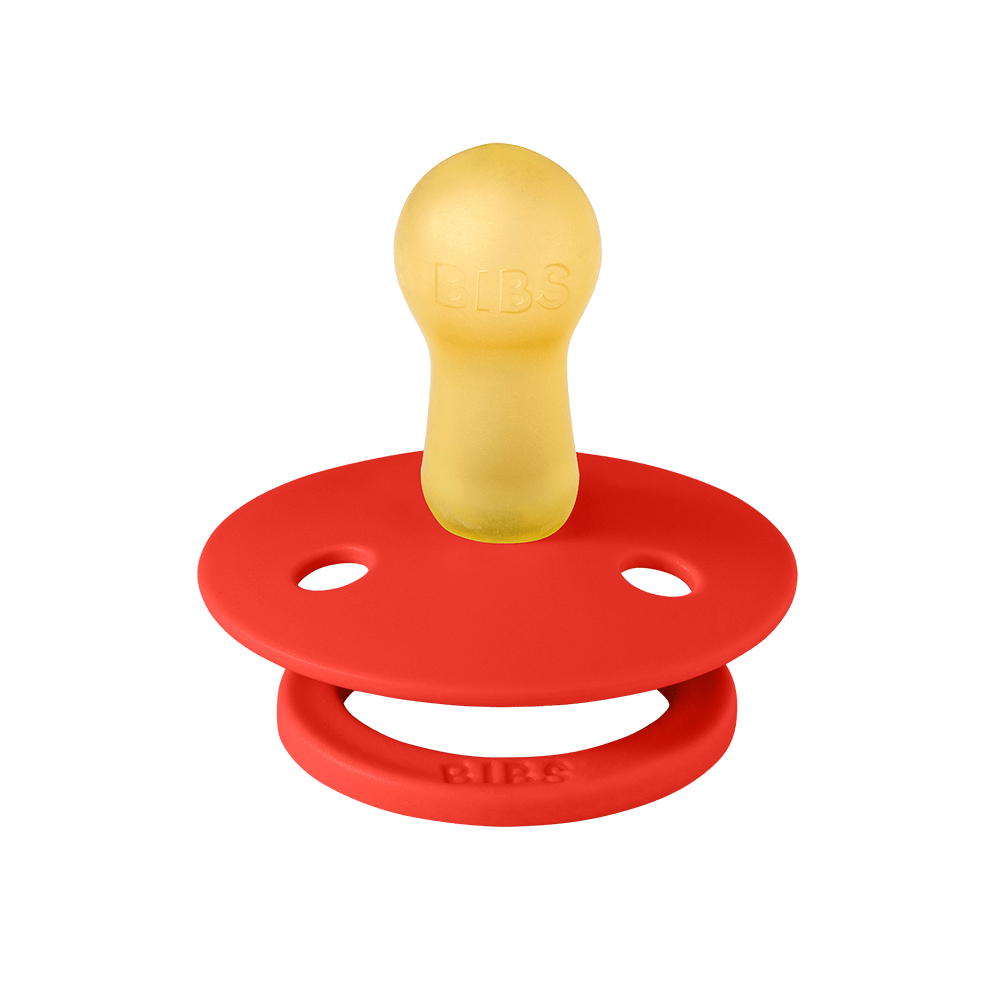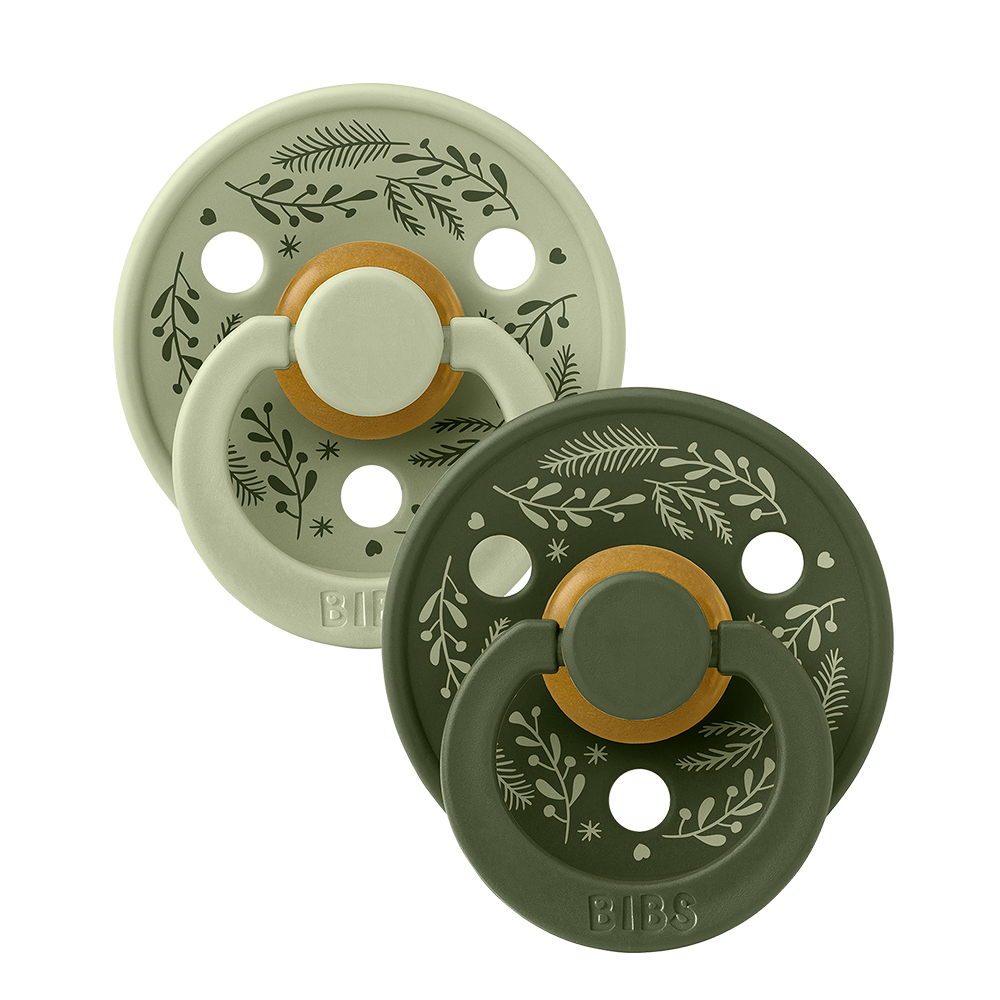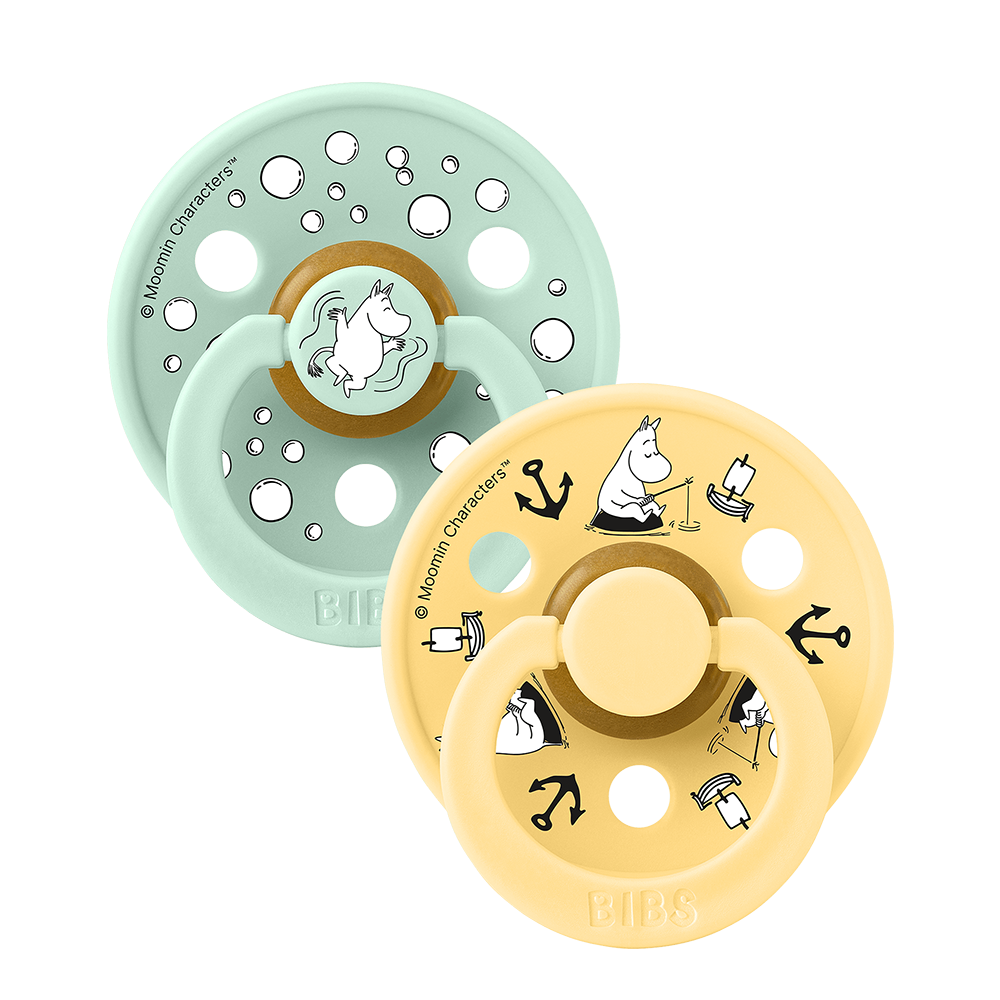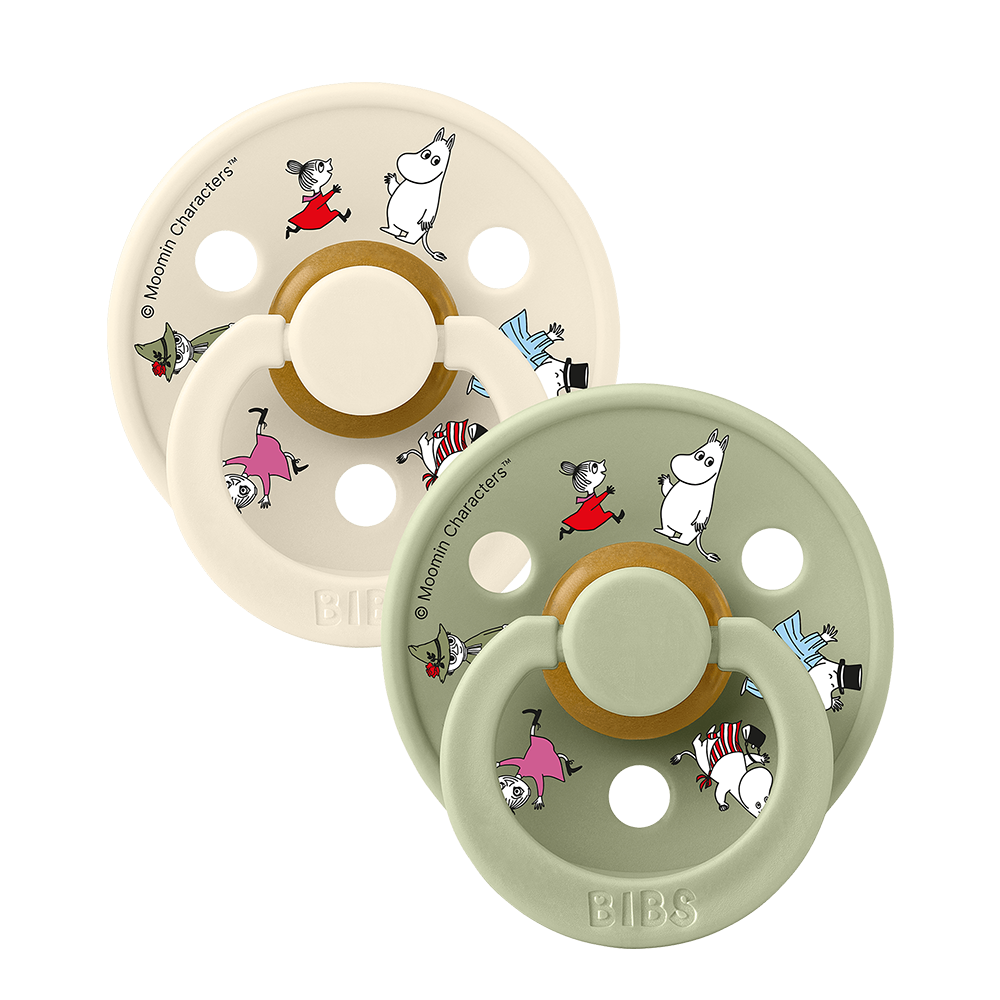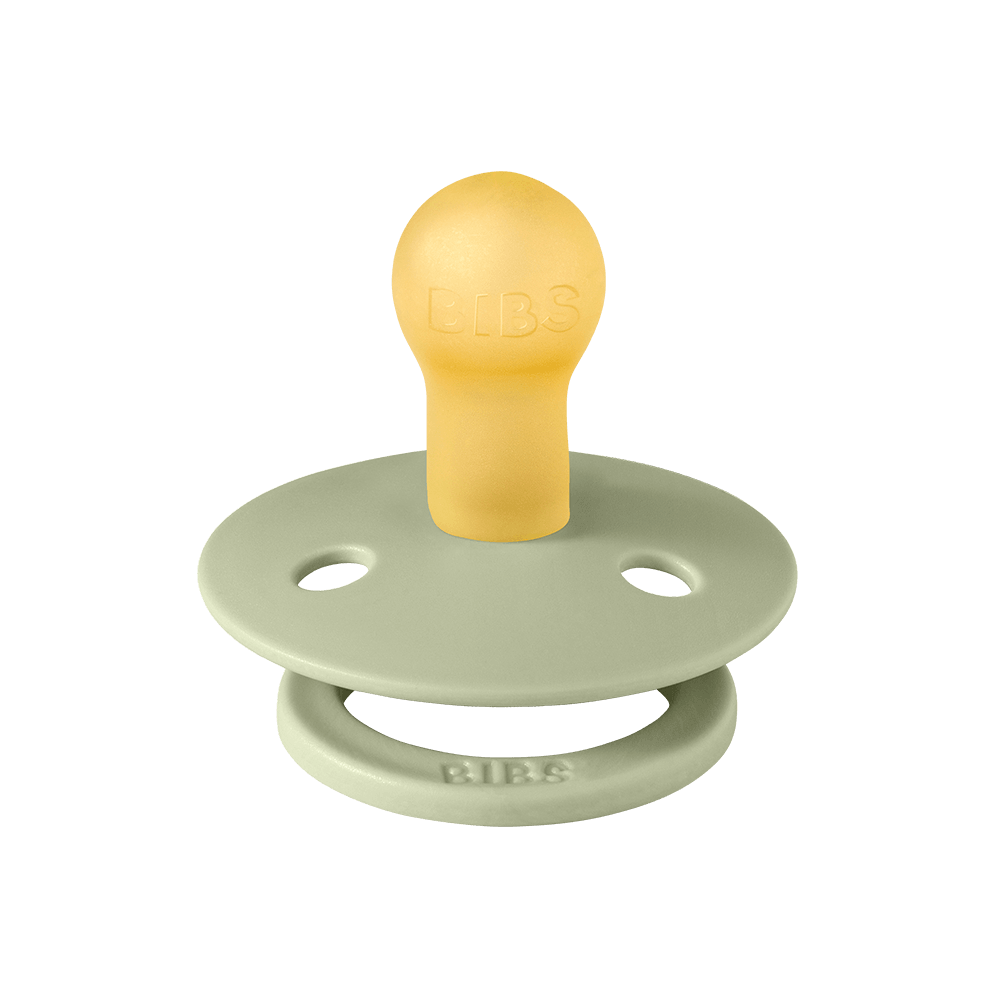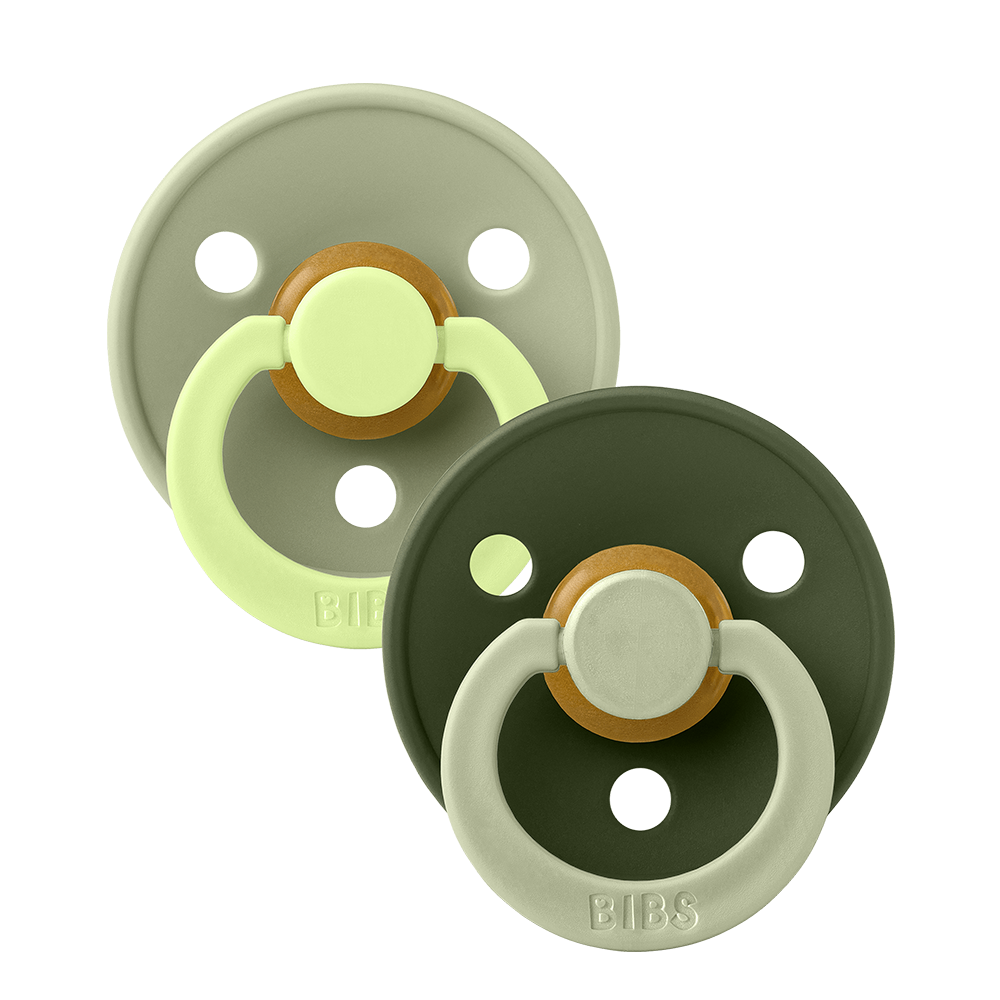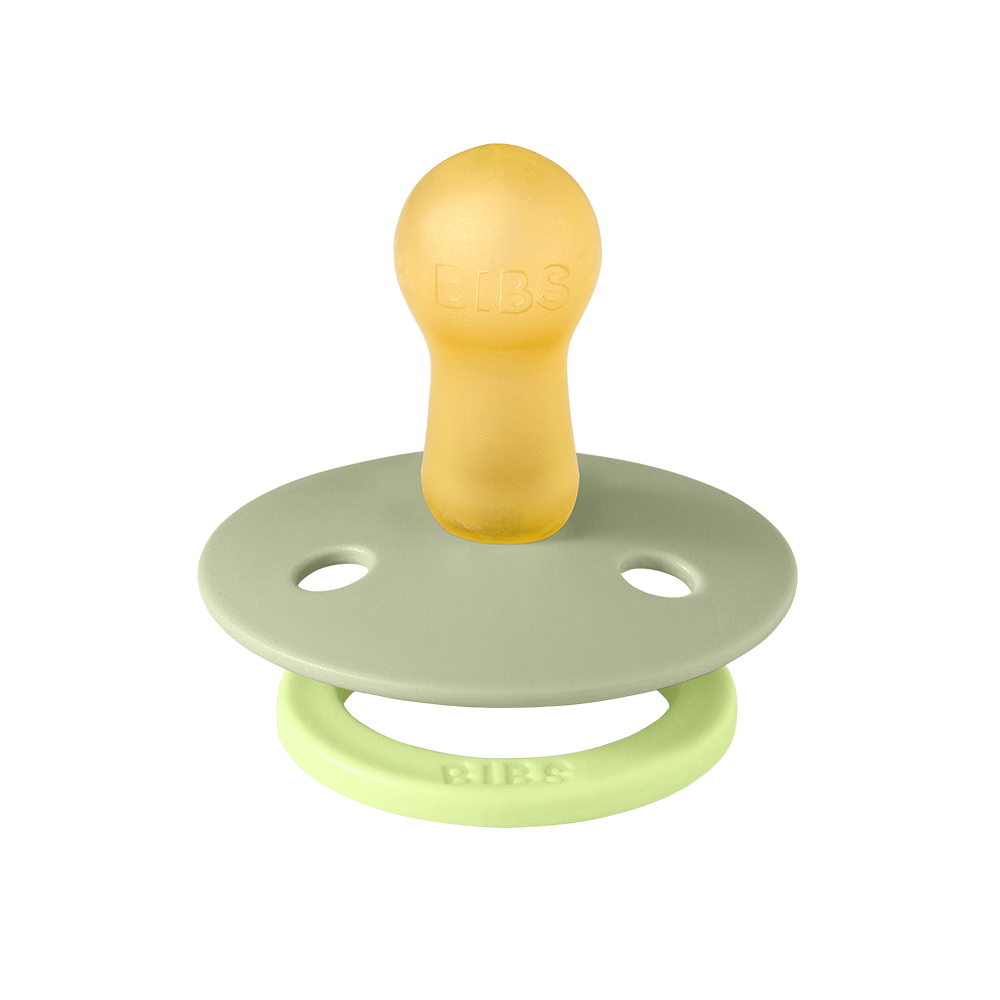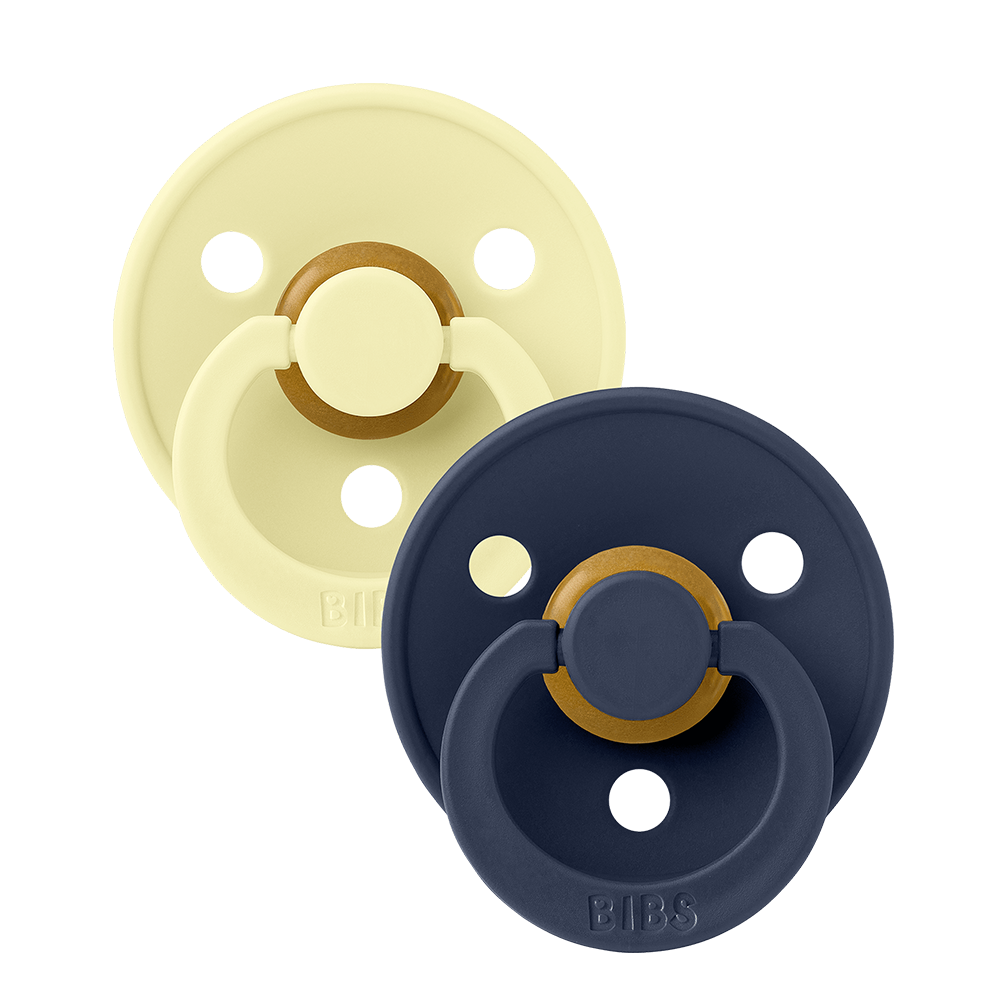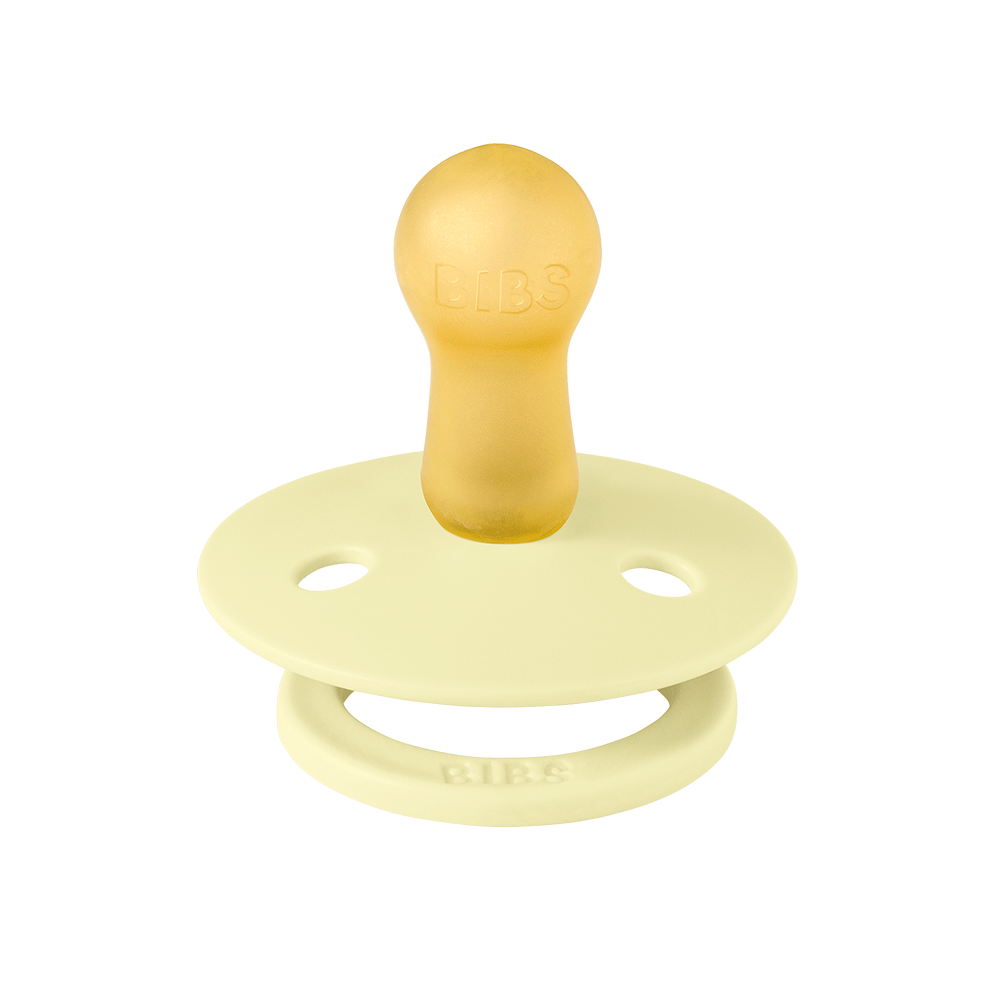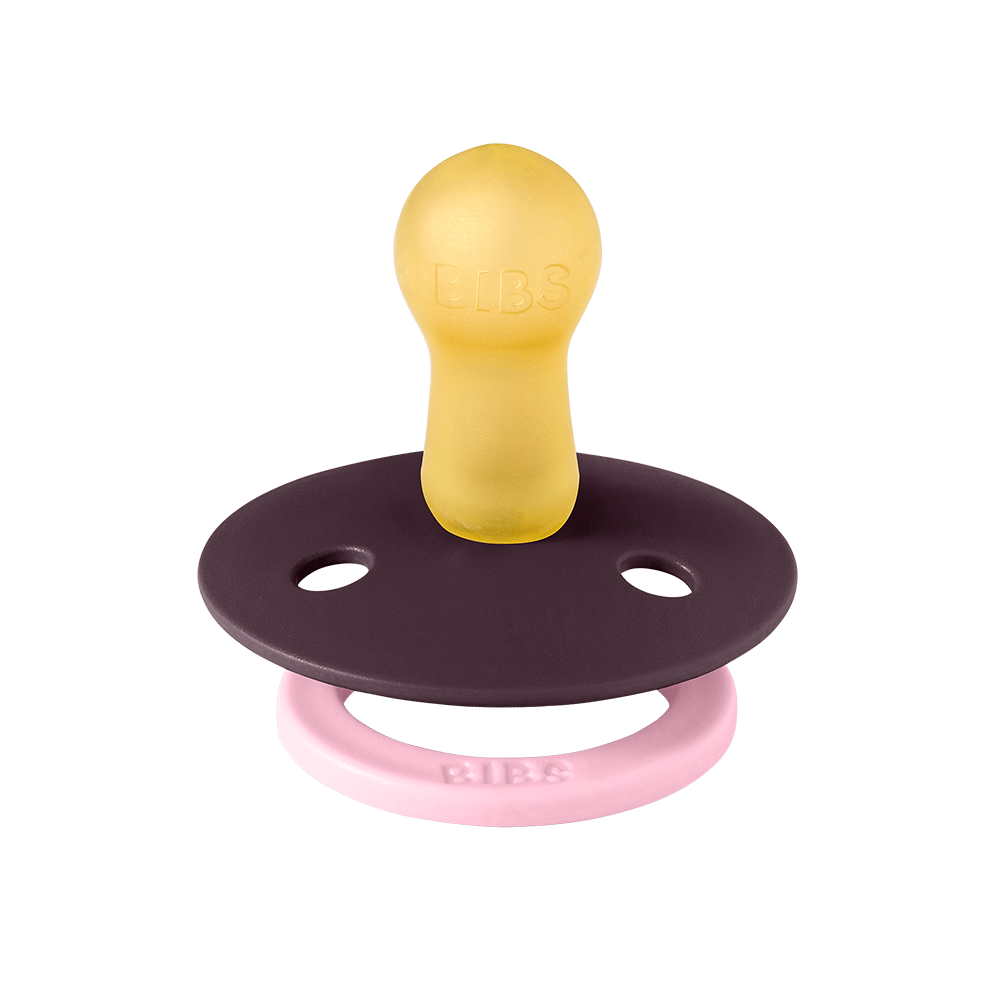
In their theory, they describe that we all express love, and experience it, in the same five ways:
- Physical touch
- Words of affirmation
- Acts of service
- Receiving gifts
- Quality time
Later they reformulated the theory into a children’s version ’The 5 Love Languages of Children’ reviewing the above-mentioned love languages with a child focus.
In this blog post, we will walk you through the five love languages and how you can identify which language your child prefers.
Why Love Languages are Important
Children are different and they need different kinds of attention and affection. It's not enough to love your children, you also must communicate love to them so that they genuinely feel loved. Chapman and Campbell explain that children need to receive love in all five languages. Though, knowing which is your child's primary language can help strengthen your bond and deepen your connection. As Chapman and Campbell explain; if you want to give and receive love most effectively, you will need to learn to speak the right language.
Identifying a love language
The first step is identifying your child's primary love language. This is done by paying attention to how they show you love. This is because children tend to offer affection in the way we wish to receive it.
1.Physical touch
For children who have this as their primary love language, physical touch communicates love to them more than anything else. These children love to snuggle, they love hugs, kisses, pats on the back, being carried, holding hands, sitting close, back scratches, massages, cuddling, tickling – as the title says, they love physical touch.
2. Words of affirmation
These children love words of praise, affection, and encouragement. If this love language is your child’s primary language, use encouraging words and phrases often, saying “I love you”, listen carefully when they talk, praise them, and recognize and compliment them in front of others.
3. Acts of service
These children love thoughtful gestures and being helped. They love when you help them get dressed, tie their shoes, and help them with their homework. This does not mean that you must help them with every task during their day. Instead of feeling like a servant, you can as parents see these requests as simple requests to feel loved. But as these children grow, it is of course important to encourage independence and expect them to do what they can for themselves at each stage of development. Help them through a new process and teach them, step-by-step, how to be more capable.
4. Receiving gifts
The giving and receiving of gifts can be a powerful expression of love, and these children see a gift as a symbol of love. Someone whose primary love language is gifts tends to care about how a present is wrapped and often remembers who gave them what for months or years after. Other languages need to be combined with gift giving and gifts should not be substituted for the other love languages. Also, gifts do not have to come from a store. It can be as simple as a pretty stone, seashells, leaves, or a hand-made card.
5. Quality time
These children feel most valued when you choose to spend time with them and give them your undivided attention. Quality time is your gift of presence to your child. It shows your child that they are important and that you like being with them. Spending focused time together during mealtime, bedtime, or going for walks can be good opportunities.
